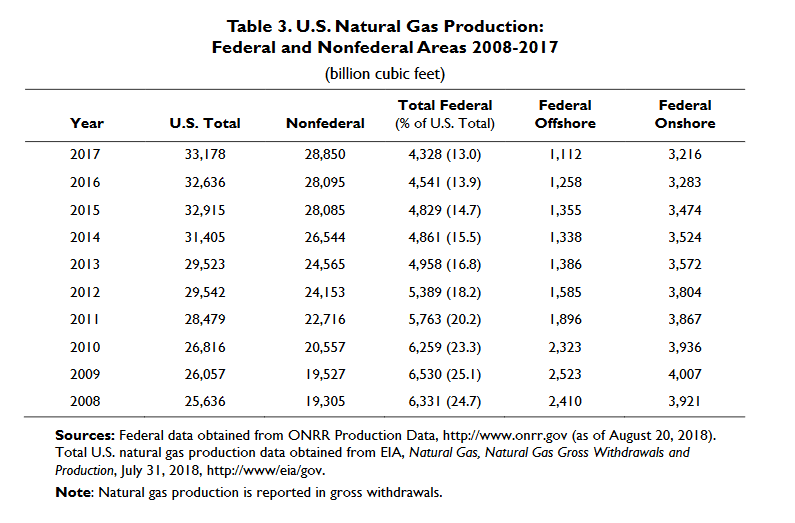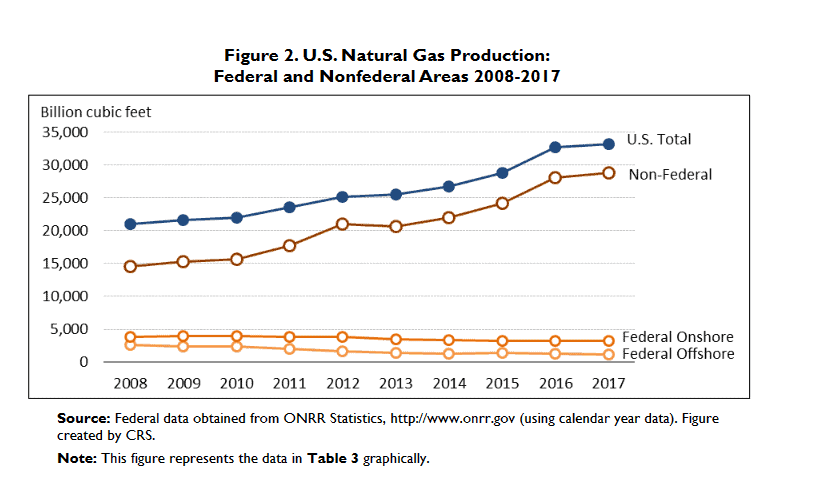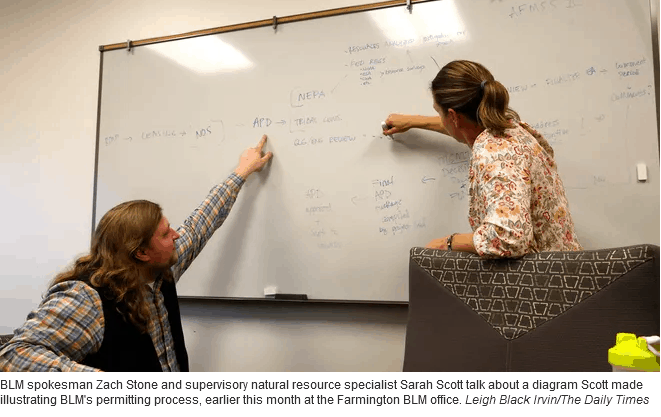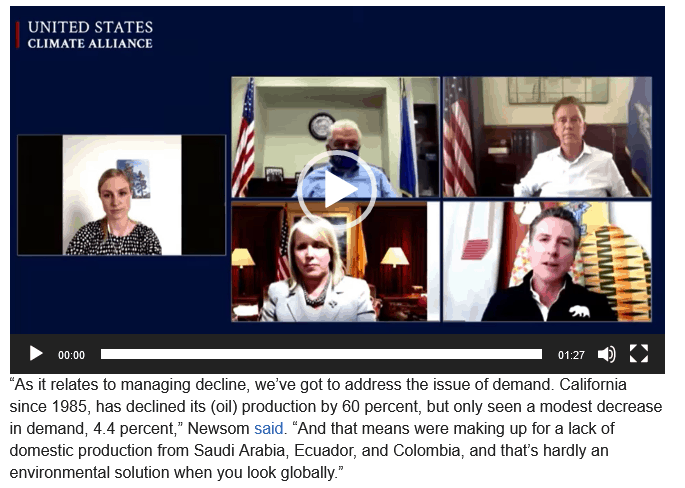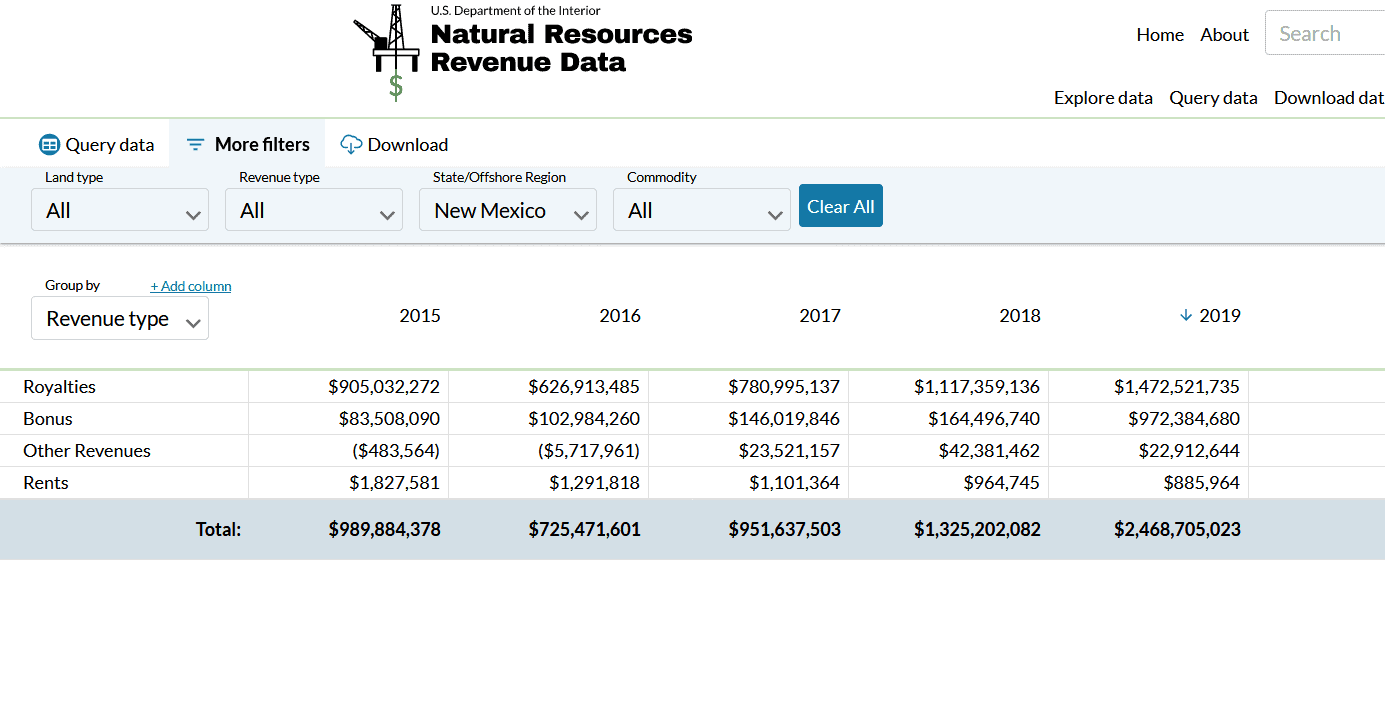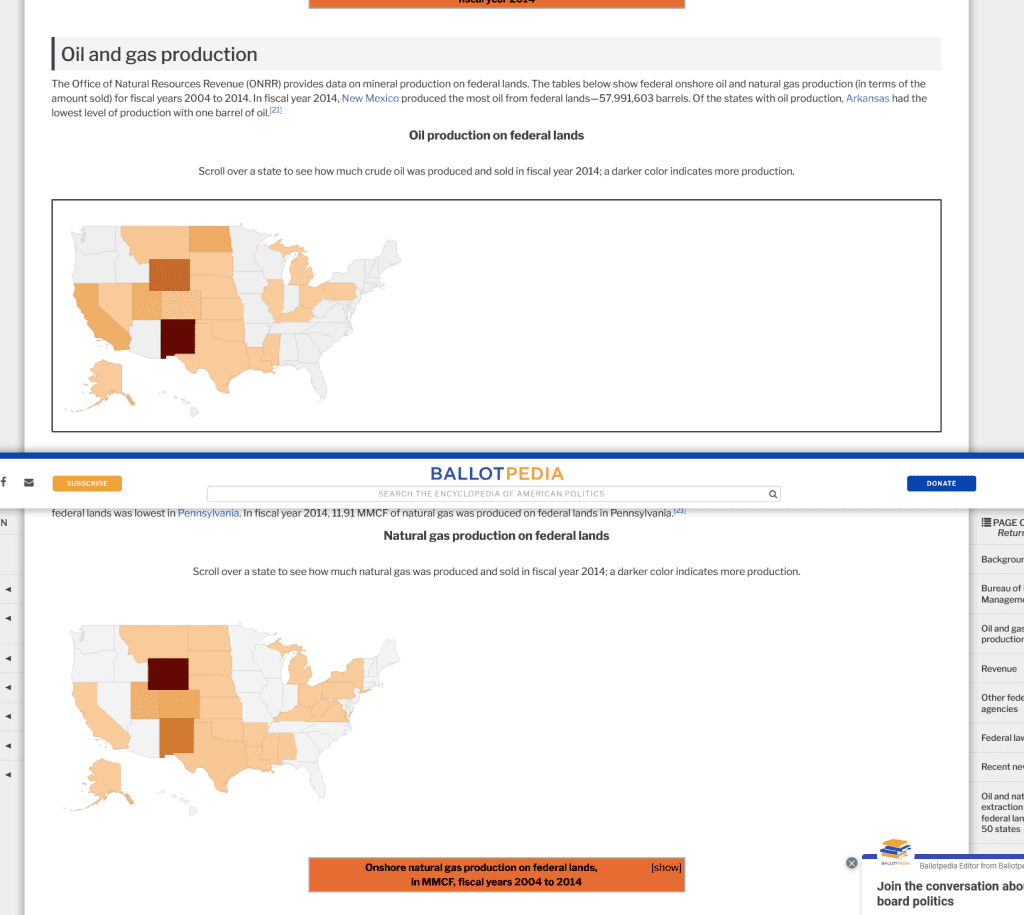
Last time we talked about how much oil and gas is produced on federal lands and waters, and how much demand there is domestically. So now let’s dig further into available information.
It seems like only one of these things can be true: (1) Whatever percentage of federal production is a small part of US demand so it can’t have that much of an effect on climate, especially since in the real world, we import to make up the difference (substitution).(T)
This is against what the Sierra Club and others have been saying…
(2) Fossil fuel production on federal lands is destroying the planet. If we follow this, this statement must be (F). Well, many in Political World engage in hype, but I think we want to peer through the hype curtains to see the truth or truths, insofar as we can.
If it is a small proportion, and doesn’t have impact on supply or prices, then inquiring minds might wonder “why was/is there such a grandiose campaign about this?” Including all the D candidates for Prez weighing in? These facts have been known for a long time. Both the proportion of production, the economic contributions, and US demand. Of all the possible climate targets, why was this one selected and what was their reasoning? It could be that it was aligned with the idea of “protecting” federal lands, which would leave the proponents in an awkward spot with regard to wind turbines, solar arrays and mining for erstwhile green materials. Or it was a convenient nexus because federal land policy is necessarily federalized-if you get it nationally you don’t have to deal with it state by state.
Economics (a science) tells us that if you reduce supply without reducing demand, prices increase. And we know that that would have an unequal impact on poorer folks who must drive to work. And rural poor folks can’t simply be exhorted to take the bus..because there are none. And it’s not a great thing for many folks not poor, coming into the mid-term. So that’s why the Admin is trying to hook up with the Saudis, Iran and Venezuela.
But there have been some news articles that look into this question more deeply. Again, let’s think about this in the context of private vs. federal, oil vs. gas, and onshore vs. offshore subcategories. Sometimes it’s hard to tell in news stories which of these they are talking about in which paragraph. So I’m hoping together we can parse some of this out, even if we have to go into areas that are way beyond our usual habitat (e.g. behavior of investors).
Glenn Kessler at the Washington Post wrote an article titled Seeking the Truth which is worth a read. Sadly I think it’s behind a paywall, which more biased, inflammatory,and some untrue articles are not.
I did question one thing he said..
“The reverse can also be true. The Trump’s administration’s opposite “green light” approach — few regulations and no restraints — led some oil drillers to invest in unprofitable wells.”
Perhaps it’s just the WaPo pro forma swipe at the Trump Admin, but “no restraints” seems a little over the top if you’re talking about federal lands. And if you’re talking about private, states regulate them. And it seems to me, at least in Colorado, that Trump had little or an actual negative influence on state policies (whatever he was for, they were strongly against. Here’s another statement.
In 2021, the United States slipped to third place in oil production, behind Russia and Saudi Arabia. That’s mainly because large shale companies committed to Wall Street that they would continue to limit production and return more cash to shareholders — “an effort to win back investors who fled the industry after years of poor returns,” according to the Wall Street Journal. Scott Sheffield, chief executive of Pioneer Natural Resources, told investors in February: “$100 oil, $150 oil, we’re not going to change our growth rate.”
U.S. oil producers boosted output by more than 50 percent between 2016 and 2020, so it’s certainly possible for the United States to once again become the world’s biggest oil producer. But investors are demanding that companies do not overspend on new investments this time around.
So.. we know that the Biden Admin and its favored interest groups have been against oil and gas production. They seek to reduce it via shutting it down on federal lands (if legal) and increasing regulation. Not that those regulatory ideas are necessarily bad, but they are certainly sending a less than positive message to the industry and investors. Which of us would invest in an industry that seems on the cusp of the Admin and its allies dreaming up new tactics to shut it down? But what I didn’t see in the WaPo article was the role of “institutional investors”, including those divesting from fossil fuels
For example, Tisha Schuller talks about BlackRock in a series of her posts:
Climate-aligned strategy. The opening sentence on climate risk in BlackRock’s proxy voting guidance: “BlackRock believes that climate change has become a defining factor in companies’ long-term prospects.” Therefore, BlackRock specifies that its portfolio companies should:
Articulate how their business models align with “a scenario in which global warming is limited to well below 2°C, moving towards global net zero emissions by 2050.”
Disclose business plans that articulate how they will deliver long-term financial performance through the global net-zero transition.
Demonstrate that these plans are resilient under likely decarbonization scenarios and the global aspiration of limiting warming to 1.5C.
Establish (in a continuation of previous guidance) short-, medium-, and long-term science-based targets for greenhouse gas emission reductions.
So in effect, it could be that in the efforts to “do the right thing” climate wise, investors may be doing “the wrong thing” for citizens of say, the US. And it probably isn’t too great a leap to think that less-well off people don’t have much of a voice in these decisions. So perhaps the monied set policy indirectly.
In case you’re wondering “who the heck is BlackRock?” here’s an article.. which notes that they are an increasingly influential player in Washington DC. Apparently they are the world’s largest asset manager.
So.. some have portrayed industry’s unwillingness to invest in capacity as greed.. but as we often say re:forest issues.. “it’s more complicated than that.”

